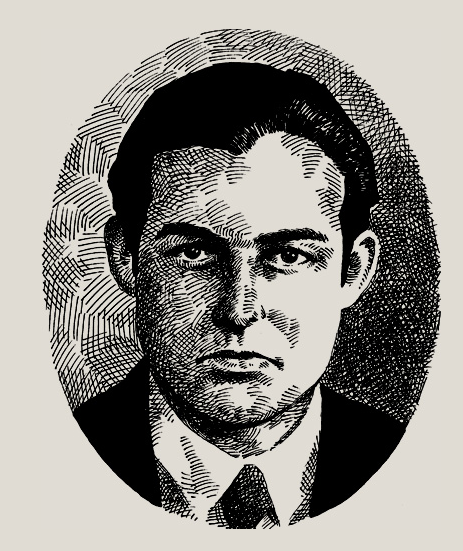 After returning from World War I, Ernest Hemingway moved to Toronto and began writing for the Toronto Star. He worked there from 1920 to 1924 and some 70 of his articles have been archived online in an attractive new website, the Hemingway Papers. At first Hemingway was a stringer and later he wrote as a staff writer, under the byline Ernest M. Hemingway. His first article bore the headline, “Taking a Chance for a Free Shave” and chronicled the young author’s visit to a barber college where straight-edge razors were wielded for free by students. He went on to write for the Star about boxing and trout fishing and organized crime in Chicago. By 1922 Hemingway had moved to Paris with his wife and sent dispatches that anticipated the themes of the novels that would make him famous. He wrote about the effects of war, bullfighting and the life of an impoverished artist in Paris. His association with the Star gave him access to post-war Europe that he wouldn’t have had otherwise and working as a reporter taught him how to get up close and personal with his subject matter.
After returning from World War I, Ernest Hemingway moved to Toronto and began writing for the Toronto Star. He worked there from 1920 to 1924 and some 70 of his articles have been archived online in an attractive new website, the Hemingway Papers. At first Hemingway was a stringer and later he wrote as a staff writer, under the byline Ernest M. Hemingway. His first article bore the headline, “Taking a Chance for a Free Shave” and chronicled the young author’s visit to a barber college where straight-edge razors were wielded for free by students. He went on to write for the Star about boxing and trout fishing and organized crime in Chicago. By 1922 Hemingway had moved to Paris with his wife and sent dispatches that anticipated the themes of the novels that would make him famous. He wrote about the effects of war, bullfighting and the life of an impoverished artist in Paris. His association with the Star gave him access to post-war Europe that he wouldn’t have had otherwise and working as a reporter taught him how to get up close and personal with his subject matter.
The archive gives visitors plenty to explore, including commentary about the novelist’s early assignments and embedded annotations to help put the work in context. Hemingway developed his famously terse, hard-boiled style at the Star and reworked much of his reportage into his fiction. Readers of his short stories and novels will see seeds of Hemingway’s fiction in articles like “Tancredo is Dead,” about the death of a man whose job was to tease the bull by standing as still as a statue in the ring:
“No. He was neither an opera singer nor a five-cent cigar. He was once known as the bravest man in the world. And he died in a dingy, sordid room in Madrid, the city where he had enjoyed his greatest triumphs.”
Reading through Hemingway’s journalism is to witness a fiction writer in the making.
Kate Rix writes about k‑12 instruction and higher ed.


Leave a Reply